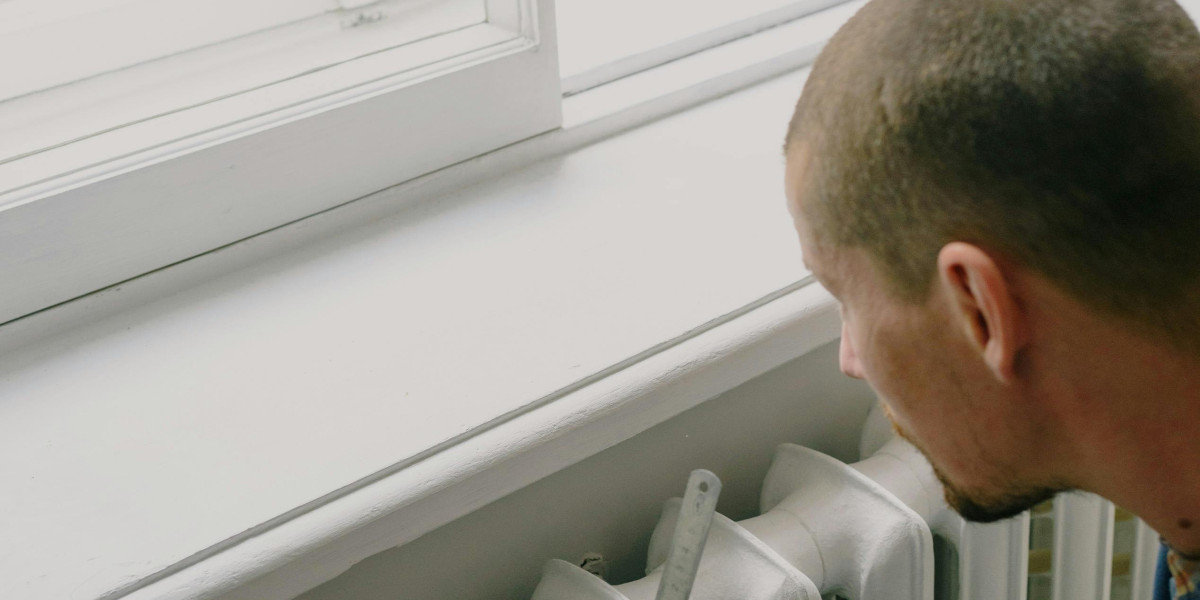The global packaging robots market is on a trajectory of significant growth, with a projected valuation that underscores its increasing importance in industrial automation. Valued at $4.35 billion in 2020, the market is expected to skyrocket to an impressive $14.47 billion by 2030, expanding at a robust compound annual growth rate (CAGR) of 12.3% over the forecast period from 2021 to 2030. This remarkable expansion is a direct result of increased investments across a diverse range of sectors, including food and beverage, consumer goods, pharmaceuticals, and industrial products, all of which are increasingly adopting automation to enhance efficiency, productivity, and safety.
The shift towards automation is driven by a number of factors. Companies are investing in robotics to optimize their global operations, expand their customer bases, and diversify product offerings. The surge in the e-commerce sector has been a particularly powerful catalyst, creating a massive demand for fast, accurate, and flexible packaging solutions that traditional manual labor cannot match. As online shopping continues to grow, the need for robots that can handle high volumes of packages, perform repetitive tasks with precision, and adapt to varying product dimensions is becoming critical.
An analysis of the market by key segments reveals specific trends and areas of rapid development. By gripper type, the clamp segment dominated the market in terms of revenue in 2020. Clamp grippers are favored for their versatility and ability to securely handle a wide range of products, from rigid boxes to flexible containers, making them a cornerstone of many packaging applications. Looking at applications, the packing segment registered the highest growth in revenue in the same year. This highlights the central role of robots in the final stages of the production line, where they are used for high-speed carton and case packing, a crucial process for improving throughput and reducing labor costs.
In terms of end-users, the food and beverages sector is poised to be a major growth engine, with a projected highest growth rate from 2021 to 2030. The industry's stringent hygiene standards, coupled with the need for speed in handling perishable goods and the increasing demand for ready-to-eat and processed foods, make it an ideal environment for packaging robots. These robots can work tirelessly in sanitized conditions, ensuring product safety and consistency while boosting production capacity.
Geographically, the market presents a compelling narrative of both established and emerging dominance. Asia-Pacific held the largest share of the market in 2020, solidifying its position as a global manufacturing powerhouse. The region's vast industrial base, rapid urbanization, and significant investments in automation by countries like China and Japan have made it the primary hub for packaging robot adoption.
However, the future growth story is particularly exciting for the LAMEA region (Latin America, Middle East, and Africa), which is expected to witness the highest CAGR during the forecast period. This indicates a wave of industrialization and automation adoption in these emerging economies. As these regions develop their manufacturing capabilities and integrate into the global supply chain, the demand for packaging robots to modernize facilities and improve competitiveness will skyrocket, creating lucrative opportunities for market players.
In summary, the packaging robots market is on a steep growth curve, propelled by a convergence of industrial investment, e-commerce expansion, and a relentless pursuit of efficiency and productivity. While Asia-Pacific remains a dominant force, the future is bright for emerging regions like LAMEA, which are embracing automation to meet the demands of a rapidly evolving global marketplace.



